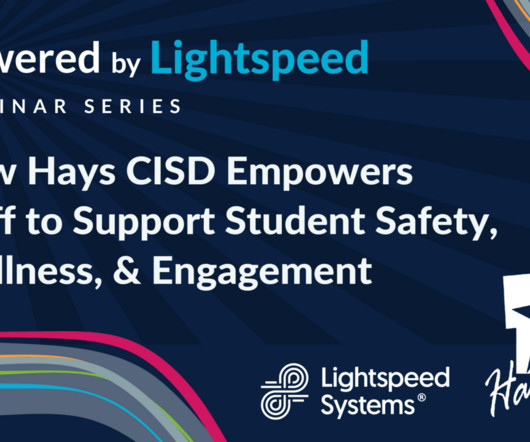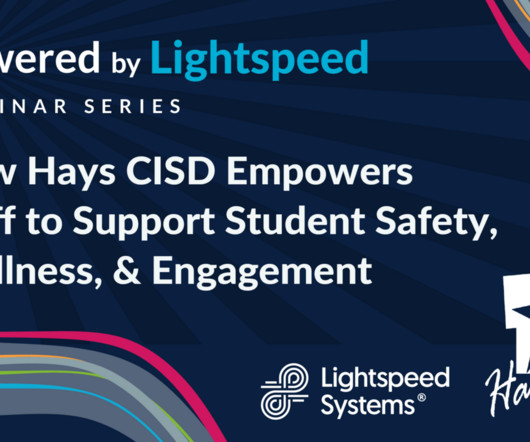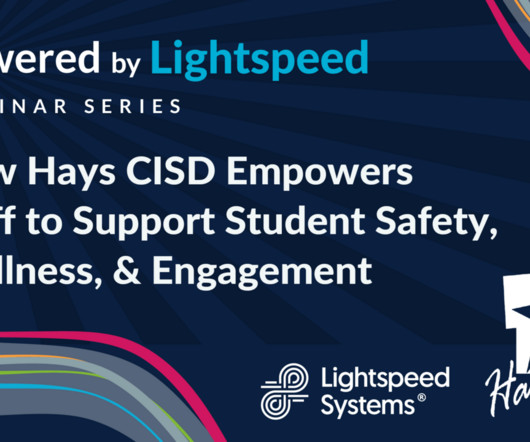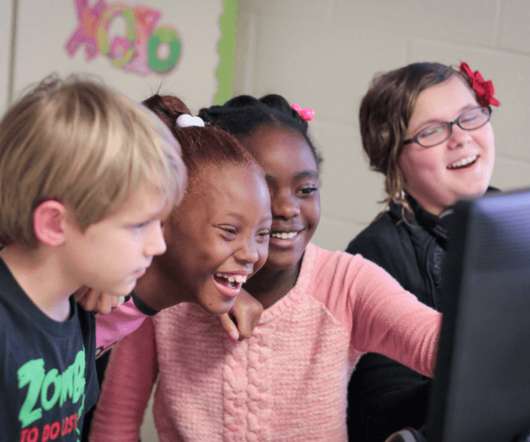How E-rate Has Made High-Speed Connectivity Possible in Public Schools
Education Superhighway
OCTOBER 31, 2017
In 2014, the Federal Communications Commission modernized the E-rate program with the objective of closing the K-12 digital divide within five years. As a result, 35 million more students have been connected to digital learning and educational opportunity. Why has E-rate modernization worked so well?



























Let's personalize your content